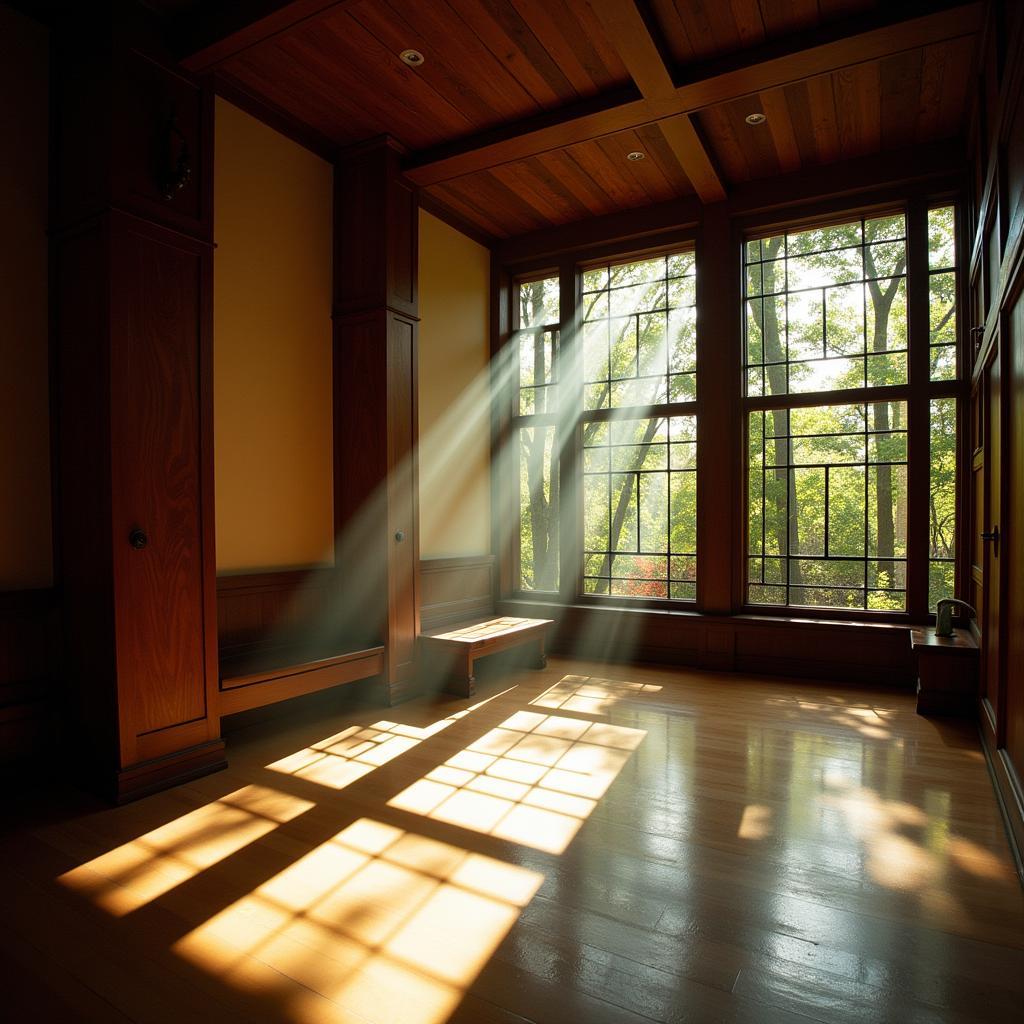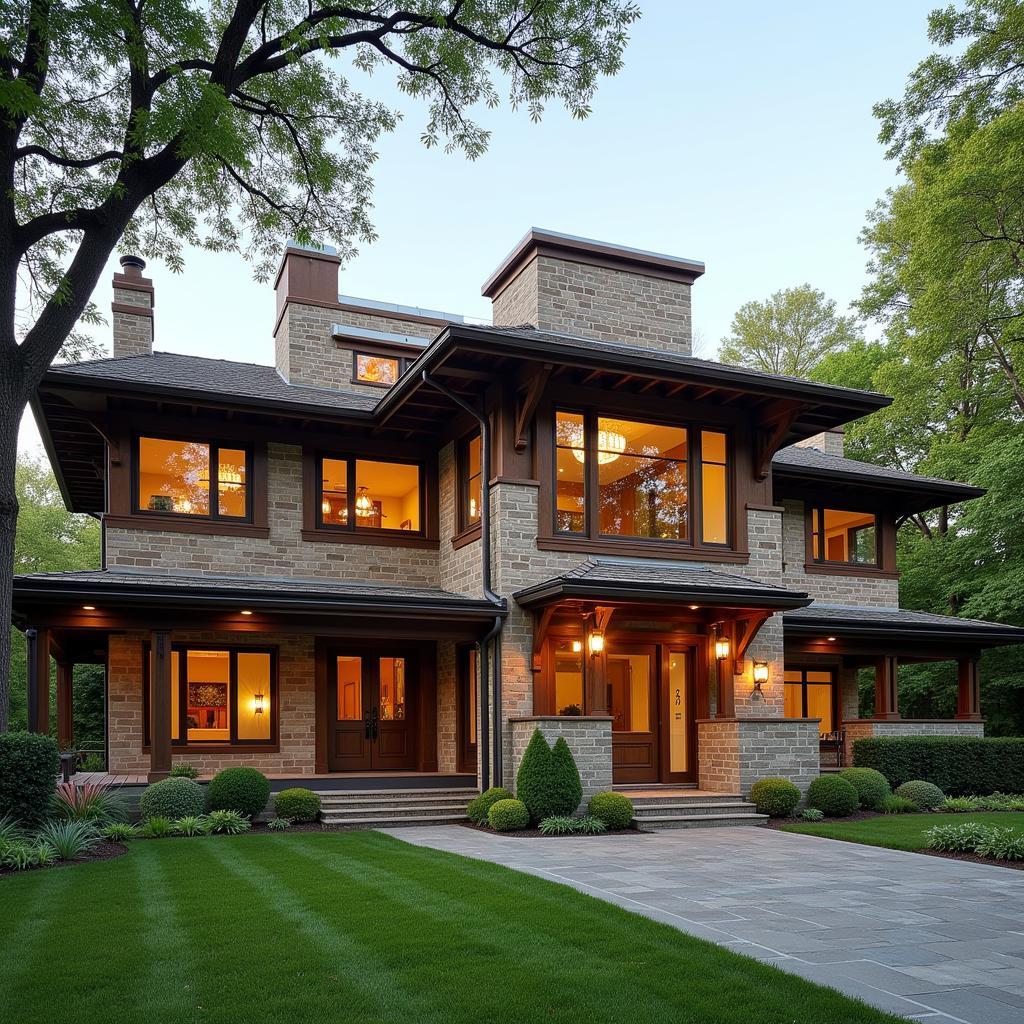Frank Lloyd Wright Art Glass: A Revolution in Design and Light
Frank Lloyd Wright’s architectural genius extended far beyond the buildings themselves. He viewed every detail as integral to the overall design, and his innovative use of art glass exemplifies this philosophy. Wright’s art glass, often referred to as “light screens,” transcended mere decoration, becoming an essential element in shaping space, directing light, and enhancing the experience within his structures.
Breaking Boundaries: From Traditional Stained Glass to Modern Masterpieces
Unlike traditional stained glass windows that depicted biblical scenes or historical figures, Wright’s art glass embraced abstraction and geometric forms. He drew inspiration from nature, incorporating stylized motifs of trees, flowers, and light patterns found in the natural world. This departure from convention marked a revolutionary shift towards modernism in decorative art.
Wright’s art glass designs, often featuring clear and colored glass combined with lead cames, transformed interiors into dynamic plays of light and shadow. He meticulously considered the orientation of each structure, ensuring the art glass interacted with natural light throughout the day, creating ever-changing patterns and hues within the space.
 Sunlight streaming through Frank Lloyd Wright art glass, illuminating the interior
Sunlight streaming through Frank Lloyd Wright art glass, illuminating the interior
The Significance of Geometry and Nature in Wright’s Vision
Geometric shapes, particularly squares, rectangles, and circles, form the foundation of Wright’s art glass designs. These simple forms, arranged in intricate patterns, reflect his belief in the inherent harmony between geometry and nature. The repetition of these shapes creates a sense of rhythm and order, while the interplay of light and shadow adds depth and complexity.
Wright’s profound respect for nature is evident in his choice of motifs. He stylized natural elements, simplifying their forms into abstract representations. For example, a tree might be represented by a series of vertical lines intersected by horizontal bands, evoking its essence without resorting to literal depiction.
More Than Decoration: Art Glass as an Integral Design Element
Frank Lloyd Wright’s art glass transcended its decorative function, serving as a pivotal element in his architectural vision. The light screens acted as partitions, dividing large spaces while maintaining a sense of openness and fluidity. They controlled the flow of light, filtering harsh sunlight and creating a warm, inviting ambiance.
Furthermore, the art glass reinforced the connection between the interior and exterior environments. By incorporating nature-inspired motifs and strategically positioning the windows, Wright blurred the boundaries between the built and natural worlds, inviting the outside in.
 Exterior view of Frank Lloyd Wright house showcasing art glass windows
Exterior view of Frank Lloyd Wright house showcasing art glass windows
Enduring Legacy: Frank Lloyd Wright Art Glass Today
Frank Lloyd Wright’s innovative use of art glass continues to inspire and captivate audiences worldwide. His designs remain highly sought after by collectors and museums, with original pieces commanding substantial prices. Moreover, Wright’s legacy lives on through the work of contemporary artists and designers who continue to explore the creative possibilities of art glass, pushing the boundaries of this unique medium.

